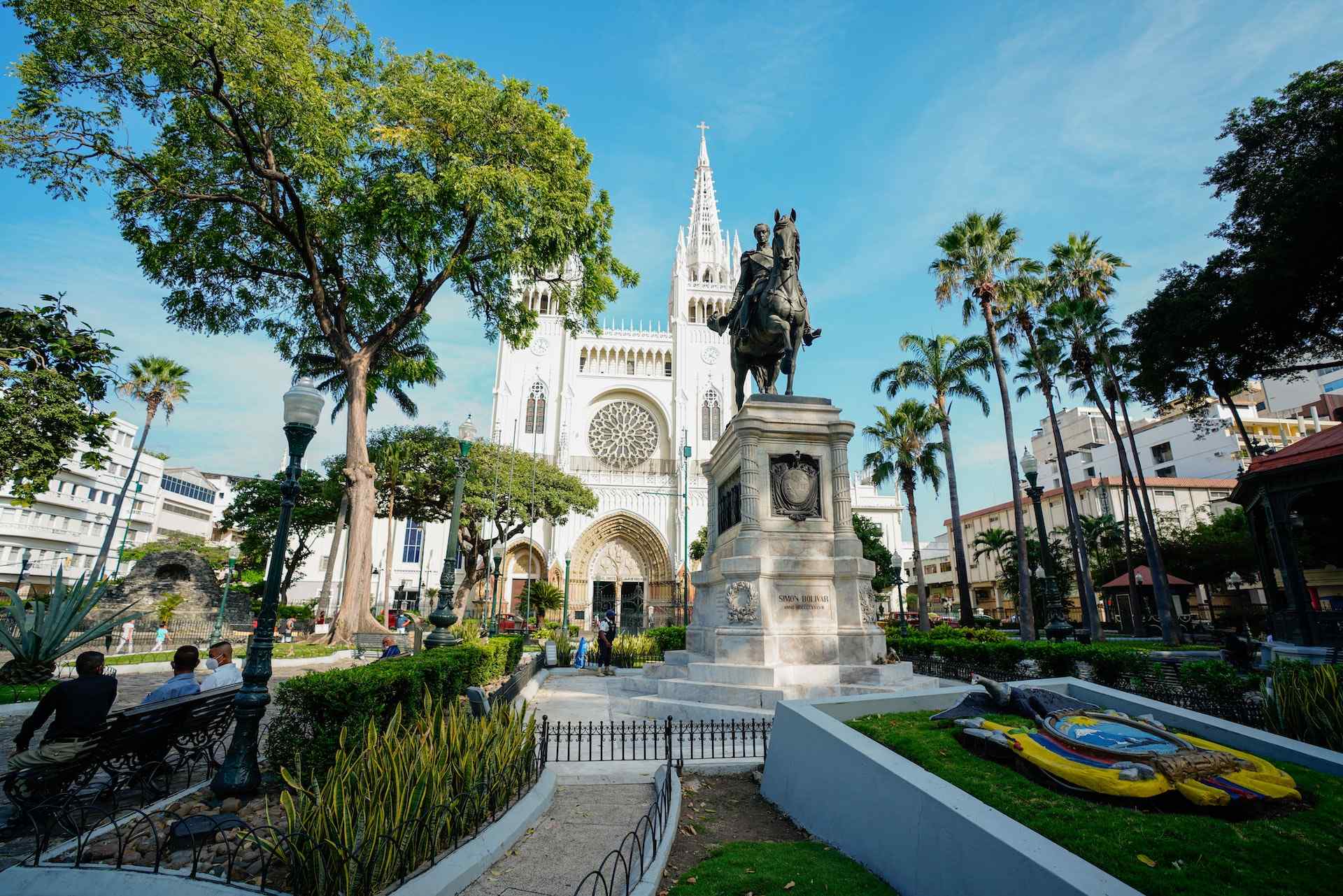Transportation in Gwangju is a convenient and efficient way to explore the city and its surrounding areas. The city is well connected by various modes of transportation, making it easy to get to and around Gwangju from the surrounding main cities in the country.
One of the most popular ways to get to Gwangju from other cities in South Korea is by train. The city is served by the Honam Line and the Gwangju Line, which connect Gwangju to cities such as Seoul, Busan, and Mokpo. The trains are comfortable, punctual, and provide scenic views of the countryside.
Another option to get to Gwangju is by bus. There are several long-distance bus services that connect the city to other major cities in the country. This is a cost-effective option, but the journey can be longer than by train.
If you prefer to travel by air, Gwangju has its own airport, Gwangju Airport, which is located about 6km from the city center. The airport offers flights to several domestic destinations and a few international destinations, making it a convenient option for those who are traveling from farther away.
Once you are in Gwangju, there are several options for getting around the city. The most popular mode of transportation is by bus. Gwangju has an extensive bus network that covers the entire city, making it easy to get to most places. Taxis are also available, and they are a convenient option for those who prefer a more comfortable and private ride.
Another popular mode of transportation in Gwangju is by bicycle. The city has a bicycle-sharing system that allows you to rent a bike and explore the city at your own pace. This is an environmentally friendly and cost-effective option, and it’s also a great way to stay active.
The cost of transportation in Gwangju is quite reasonable. A one-way ticket on the bus or train will cost around 1,500 KRW, while a taxi ride will cost around 3,000 KRW. The bicycle-sharing system is also reasonably priced, with a day pass costing around 5,000 KRW.
In terms of safety, transportation in Gwangju is considered to be very safe. The city’s public transportation system is well-maintained and operated by professional drivers. Taxis and bicycle-sharing systems also have strict safety regulations in place.
In conclusion, transportation in Gwangju is a convenient and efficient way to explore the city and its surrounding areas. Whether you choose to travel by train, bus, or air, you will find that getting to and around Gwangju is easy, cost-effective, and safe. With an extensive public transportation system, a bicycle-sharing system, and plenty of taxis, getting around Gwangju is a breeze.



